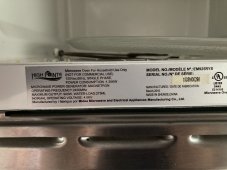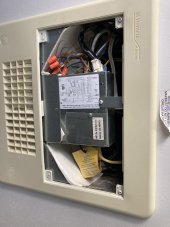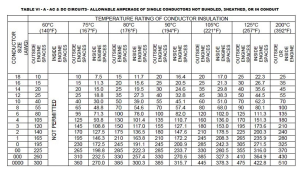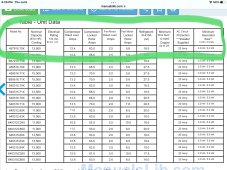LifeStudent
New Member
- Joined
- Feb 19, 2022
- Messages
- 18
My friend was told that she needed to upgrade her 2500W inverter to a 3500W inverter just because she’s upgrading her batteries, and someone else said it had to do with her solar panels. I have watched a lot of Will’s videos, and surfed this forum and other resources (but I’m not saying I know anything, as I’m learning something new as I go along).
So, here’s a little info to help out with any answers y’all feel like supplying.
On a trailer camper, she has 3 Seraphim 305W 60-cell Mono panels.
She has a Reliable 2500W 12V 120VAC Inverter
She also has an Epever 80A 200V (though I suspect the paperwork is wrong and it’s actually a 150V) Charge Controller.
She started with 4 golf cart batteries and had trouble running her microwave at full power.
She has now purchased 3 Li Time 12V 200Ah LiFePO4 batteries with a 100A BMS to replace the others.
She’d like to be able to run the microwave at full power, and she’d like to be able to use her air conditioner past sundown occasionally. Those are the only power hogs that will be used (sometimes together). I’ve added pics of those two appliances for reference.
So, based on this, does she need the 3500W? And, if that is a YES, does her system have to be converted to a 24V system? I’ve heard 3500W inverters “should” only be used on a 24V system. What other info would you need to answer? Thanks!
So, here’s a little info to help out with any answers y’all feel like supplying.
On a trailer camper, she has 3 Seraphim 305W 60-cell Mono panels.
She has a Reliable 2500W 12V 120VAC Inverter
She also has an Epever 80A 200V (though I suspect the paperwork is wrong and it’s actually a 150V) Charge Controller.
She started with 4 golf cart batteries and had trouble running her microwave at full power.
She has now purchased 3 Li Time 12V 200Ah LiFePO4 batteries with a 100A BMS to replace the others.
She’d like to be able to run the microwave at full power, and she’d like to be able to use her air conditioner past sundown occasionally. Those are the only power hogs that will be used (sometimes together). I’ve added pics of those two appliances for reference.
So, based on this, does she need the 3500W? And, if that is a YES, does her system have to be converted to a 24V system? I’ve heard 3500W inverters “should” only be used on a 24V system. What other info would you need to answer? Thanks!






